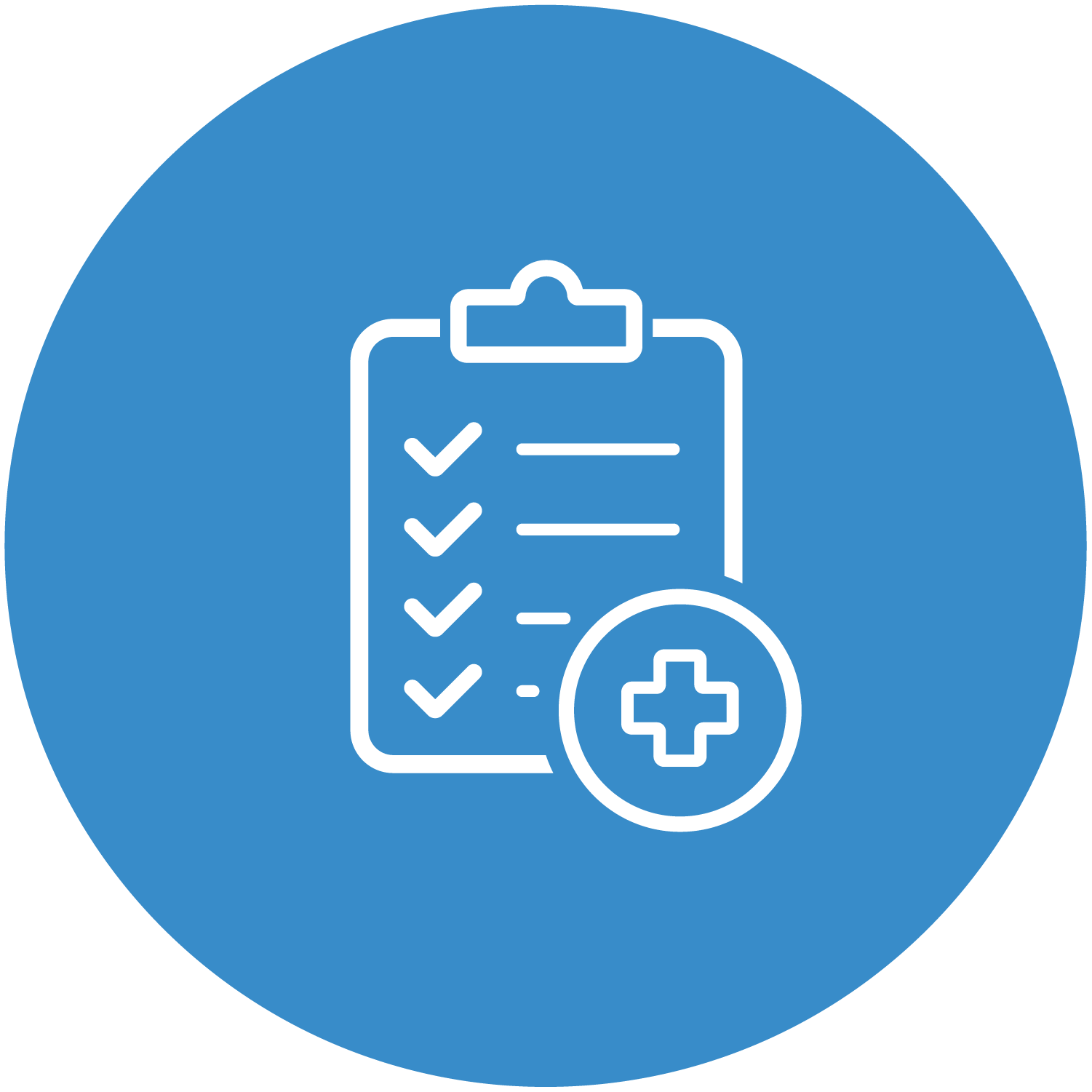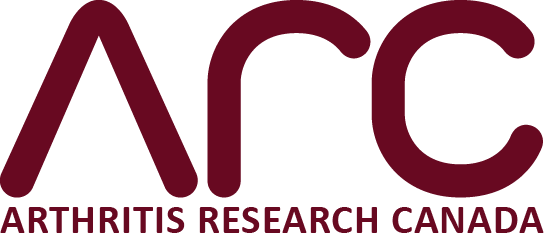Lesson 3 of JointHealthTM Education – RA has the important information you need to use your appointment time with your rheumatologist as effectively as possible to have better conversations and outcomes. The information in this lesson will also discuss how to identify treatment goals and build a treatment plan in partnership with your rheumatologist.
Please read each section of this lesson carefully, and then when you are ready, take the Lesson 3 Quiz to test your new knowledge. The quiz is an interactive and printable PDF.

Time management
- Depending on which country you live in, your appointment time with your rheumatologist can vary from 45 minutes to 1 hour for the first visit, to 15 minutes for a follow up visit. Once you get to know your rheumatologist better, and learn how to get into in a “conversation groove” with them, you should find you have the time necessary to cover all that you and they want during your appointments. Managing your time is important to getting the most out of each appointment.
- Your rheumatologist should try to create a safe and non-judgmental environment during the appointment that encourages you to communicate and share your concerns and ideas openly. If they do, they get the information they need to consider how you are doing medically, and also help you build your confidence in yourself and in your partnership with them.
- It is important to ask questions that promote discussion between you and your rheumatologist to have good two-way conversation, but keep an eye on your time. Most health care providers want you to keep questions to 2 or 3 per visit because they also need enough time to do their job and fulfill their medical responsibility to you. At every visit, your rheumatologist needs to ask you a short, standard list of questions as well as complete a thorough joint examination. That takes about 5 to 7 minutes.
- Some patients with RA think that having longer and more frequent visits with their rheumatologist will lead to better management of their disease. If both you and your rheumatologist manage your appointment well, there should be enough time to discuss your key questions for that visit, as well as have the needed time for a complete joint exam.

Asking questions, sharing fears and concerns, and listening
- Patients with RA need to feel comfortable and feel empowered to ask questions. Being a more educated patient leads to confidence and can result in them taking a more active role in their own RA management. A more active, involved patient has better disease outcomes. They stick to their treatment plan resulting in overall disease control and health in general.
- Based on new research, many patients with RA think the most common reason linked to good RA management is getting information and having a good discussion with their rheumatologist. But the majority of patients said they felt uncomfortable raising their concerns and fears with their rheumatologist.
- A third of RA patients in a recently reported global survey said they felt that if they ask too many questions, their rheumatologist would consider them a “difficult patient” and this would affect their quality of care. In fact, it is just the opposite. A more engaged, more open patient is more highly regarded by their rheumatologist.
- Key questions to ask during your appointment depends on what concerns you have at each visit – it will vary. Here is a core set of questions patients with RA commonly ask during their first 2 or 3 appointments. After your 3rd appointment, you should have answers to all of them:
- What causes RA and is there a cure?
- What RA signs and symptoms are most common?
- What parts of the body besides joints does RA affect?
- Why does RA get worse if it’s not treated well or properly?
- How do I make sure I don’t suffer joint damage now or in the future?
- What types of treatments are effective at controlling RA symptoms and the underlying disease?
- How soon will my treatment(s) begin to work?
- How can I tell if they are working?
- What are the most common medications side effects I should watch for?
- What happens if the treatment doesn’t seem to be working?
- What else in addition to taking medication can I do to live better with RA?
- How do you monitor my disease? Do I need to take regular blood or other tests?
- How often do I see you?

Setting treatment goals
- Setting treatment goals is one of the most important things you and your rheumatologist will do together. Research shows that rheumatologists say they feel satisfied with their communication with their patients. However, well over half wished they had discussed goals and treatments with their patients.
- The primary treatment goal for rheumatologists is to help their patients achieve a state of “clinical remission” (when the disease is completely inactive), or at the very least, low disease activity.
- Research reports that when patients are asked to think about their RA medication(s) in particular, and what treatment success looks like, they say not being in pain anymore and being able to lead a better quality of life.
- RA patients also feel that getting and exchanging information with their rheumatologist leads to more successful management of their disease.
- The 4 points above highlight the importance of finding a common language between you and your rheumatologist. For example, rheumatologists need to explain to their patients that the treatment goal they want for you – clinical remission – will also help their patients achieve their goals – no pain and better quality of life.

Making a treatment plan
- Research shows that setting treatment goals and making a plan to achieve them results in patients with RA getting better.
- After you have set treatment goals with your rheumatologist (like, “I want to be in less pain”, or, “I want to get back to full-time work”), you can begin to make a treatment plan.
- A treatment plan clearly outlines the things you and your rheumatologist will do together to help you (and them) achieve your goals and best manage your RA. It is usually a written document you create on your computer. Think of it like a “contract” to get better.
- A sample treatment plan for you will include these things:
- Clearly stated goals (Example, “I love to walk. I want to get back to walking around my neighbourhood so that in 6 months I can go on a walking vacation with my family.”)
- A list of steps you will take to reach your goals (Example: “I will create a ‘walking journal’ to track my progress and invite a few people I know who enjoy walking to join me so I don’t have to do it alone.”)
- Things you think might prevent you from reaching your goals (Example, “Not protecting the time in my day to get in my walk.”
- Things you will measure that will tell you whether you are gradually reaching your goals (Example: When I started walking I could only do 1 block each day, and after 5 weeks I can now walk 6 blocks every day.)
- A list of rewards you will give yourself along the way to motivate you to reach your goals (Example: “When I can walk 6 blocks every day, I’m going to buy myself a new pair of walking shoes.”)
Watch the coaching video

Arthritis Consumer Experts
© 2000-2022 ACE Planning and Consulting Inc.

ACE thanks Arthritis Research Canada (ARC) for its scientific review of ACE and JointHealthTM information and programs.

Arthritis Consumer Experts
© 2000-2022 ACE Planning and Consulting Inc.

ACE thanks Arthritis Research Canada (ARC) for its scientific review of ACE and JointHealthTM information and programs.



